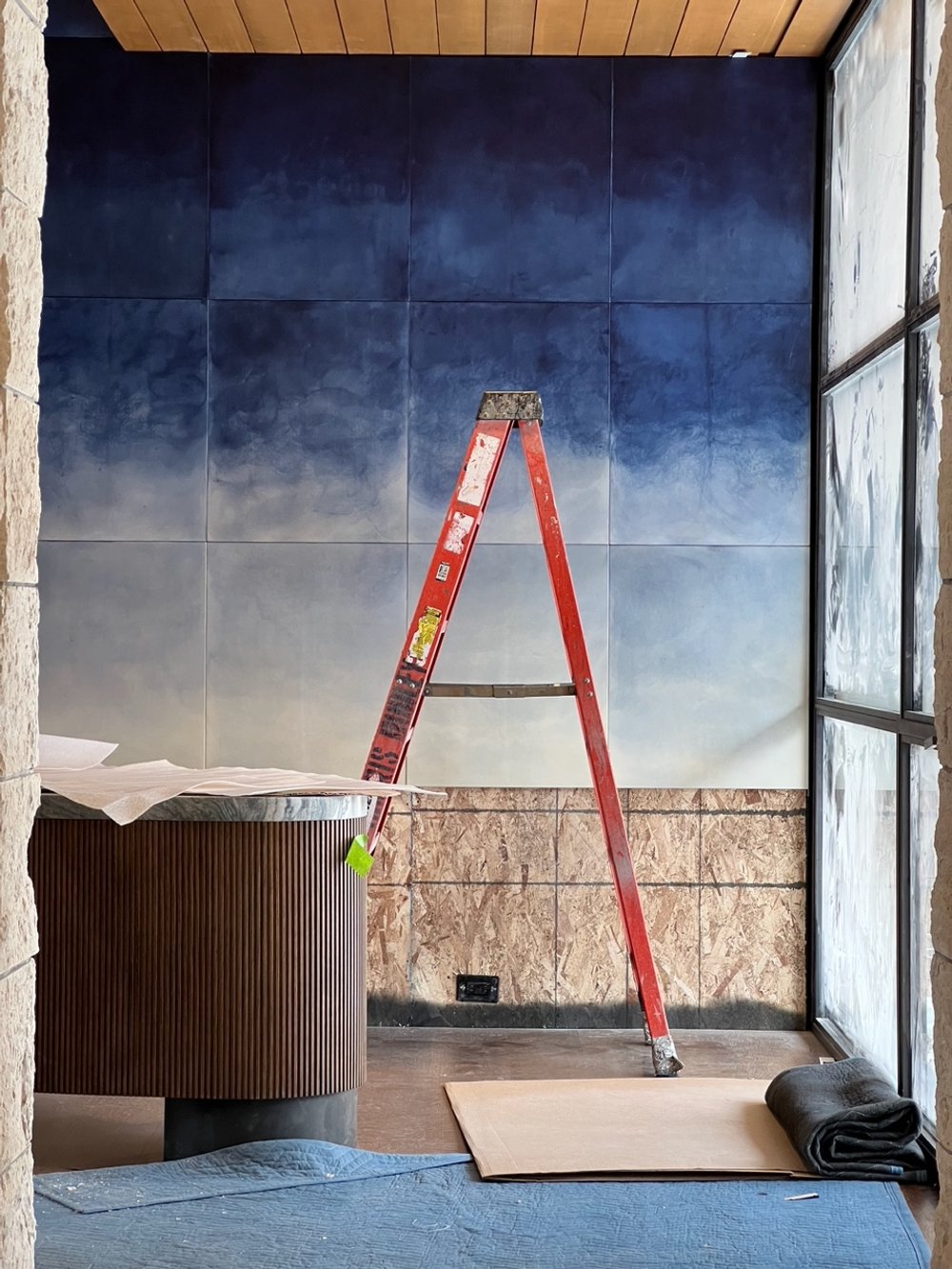The History of Parchment in Interior Design and Furniture
Genuine animal parchment is one of the oldest writing mediums in recorded history. Some of our most treasured historical documents, such as the dead sea scrolls, Magna Carta, and America's founding documents, are still in existence today because of parchment's archival nature. Unfortunately, throughout most of history, written documents and books were only available to the wealthy and the clergy. However, by the Renaissance and with the advent of the printing press, the written word became more accessible. The process of making parchment at the time was laborious, long, and costly especially compared to making paper. These factors meant that paper overtook parchment in prevalence. However, due to parchment's extreme durability and prestige, it was still used for official government uses, diplomas, and other important documents that people wanted to preserve for centuries. Did you know that until 2016, the United Kingdom was still printing its laws onto parchment due to its archival qualities?
As parchment went out of style with bookbinders and printers, it found a new home in the hands of artists, furniture designers, and architects, hitting its heyday (in the design world) during the early to mid-20th century. The natural and unique beauty of parchment was used masterfully to create a luxurious finish, unlike any other material. This made it the finish of choice for renowned designers like Jean-Michel Frank, Aldo Tura, and Karl Springer.
To this day, parchment's primary uses in the interiors world are furniture finishing, wall paneling, and lighting. We've curated Pinterest boards for all these applications, both historical and modern, to show a range of uses for parchment. Pergamena’s Pinterest
Pergamena is one of only a handful of artisans commercially producing parchment in the world and the only American producer of parchment. Because parchment, in its simplest form, is a dehydrated rawhide, all the natural variations of the skin that would have been hidden in the tanning process are highlighted in parchment. Through our years of R&D, we have figured out how to draw out the beauty in parchment through sorting, bleaching, and dying to highlight the skin's natural beauty. As a result, no two sheets of parchment are the same, which presents unlimited possibilities to any designer, fabricator, or artist and ensures a client that their finished project will truly be one of a kind.
To learn more about using parchment for interiors, furniture, or lighting, reach out to us here.





